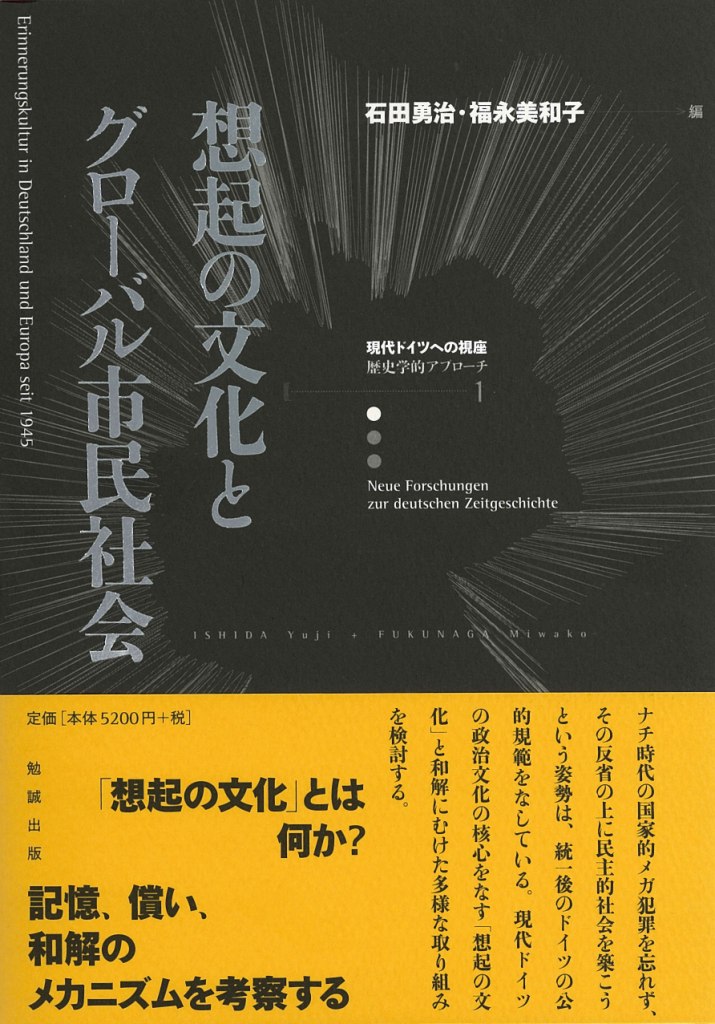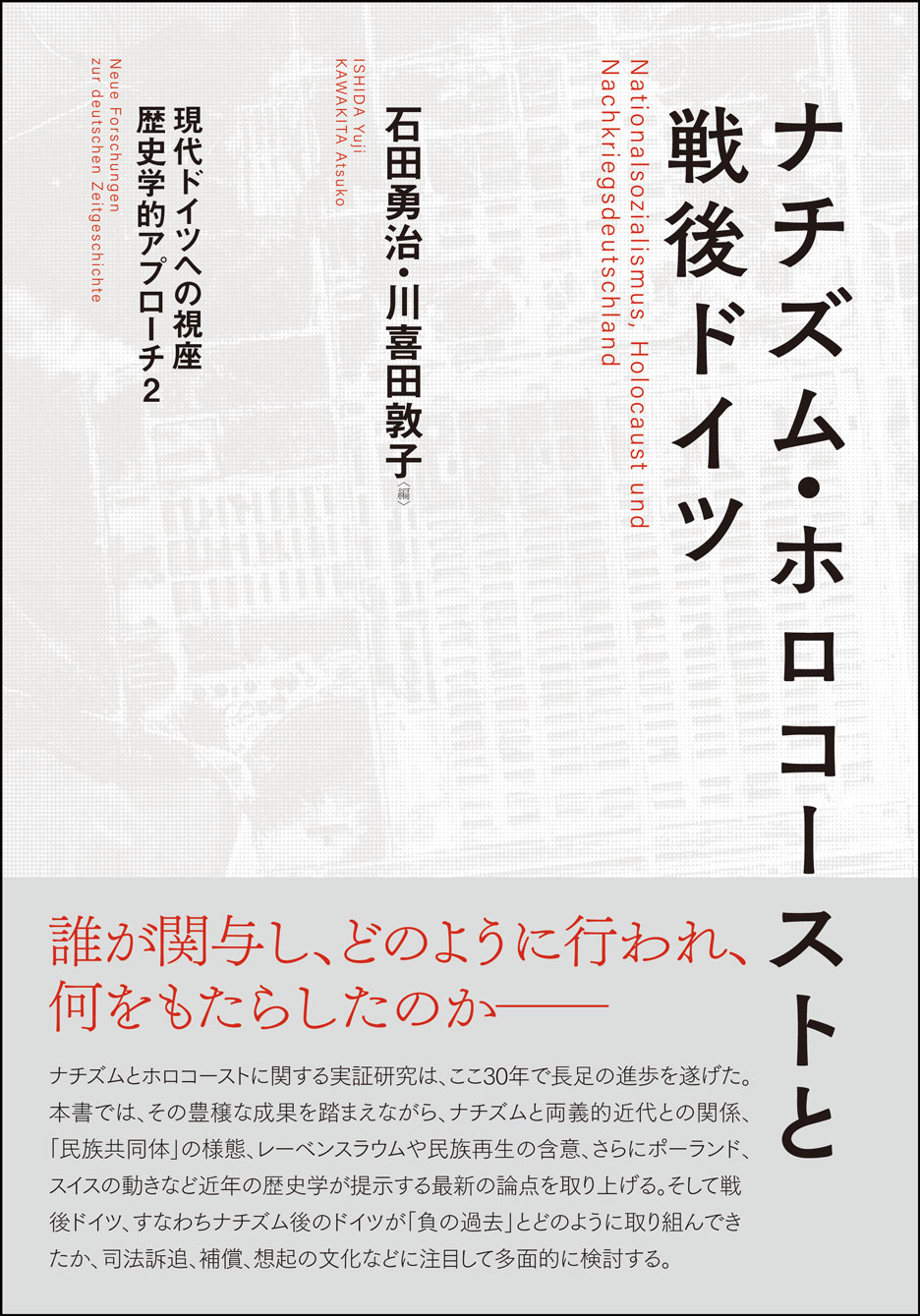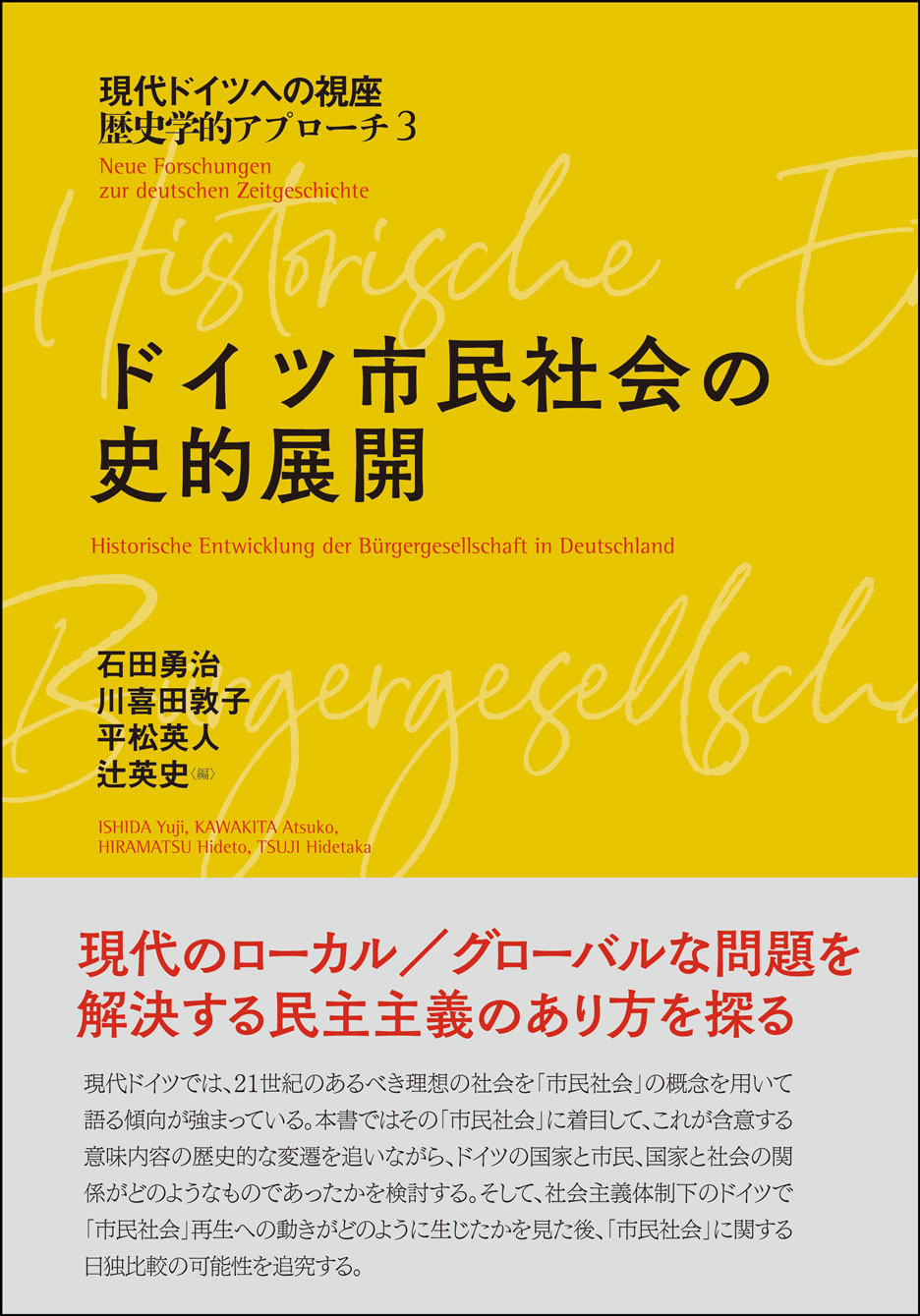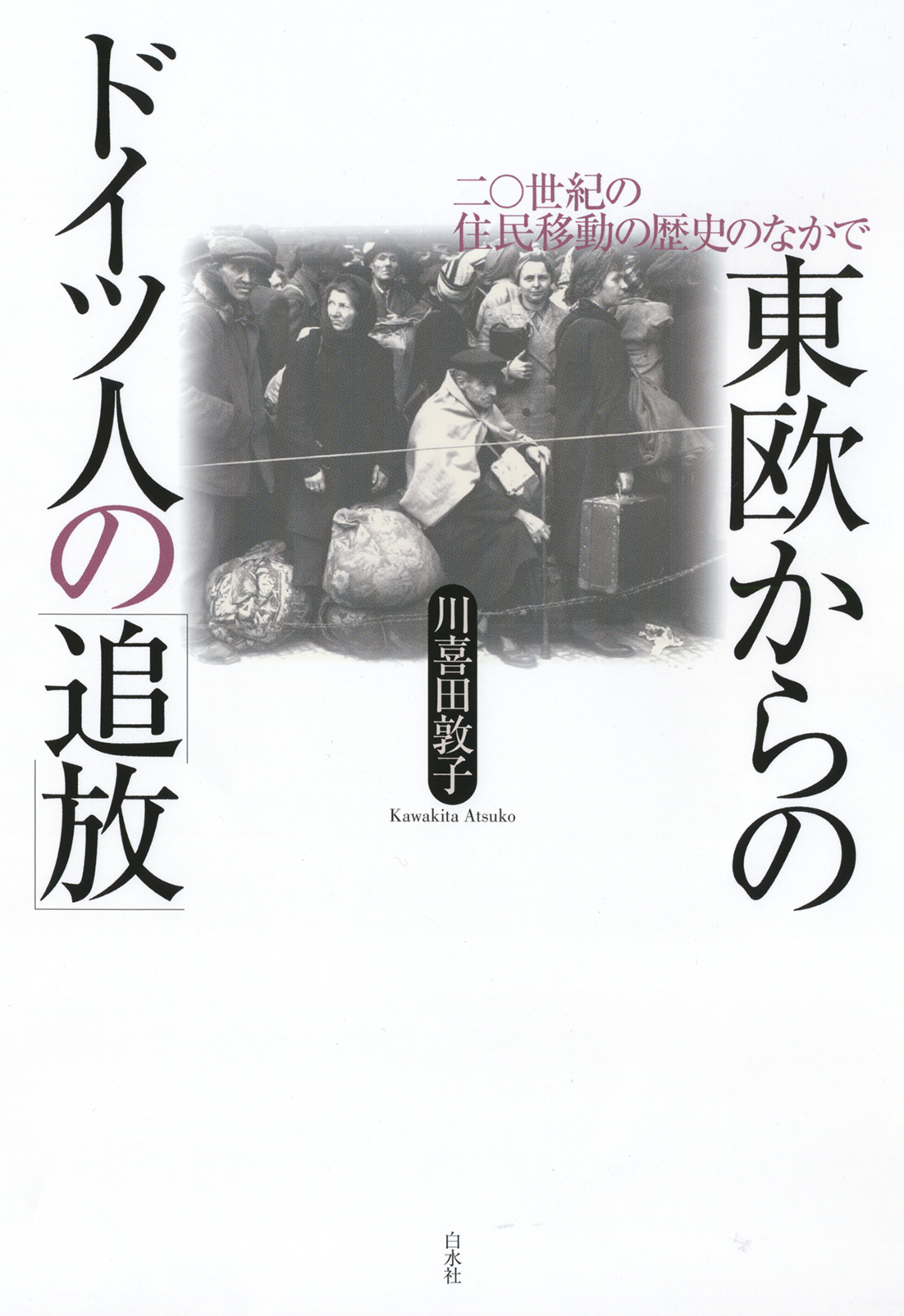
Title
Perspectives of Contemporary Germany: Historical Approaches (1) Souki no Bunka to Global Shimin-Shakai (Remembrance Culture and the International Community)
Size
400 pages, A5 format, hardcover
Language
Japanese
Released
August, 2016
ISBN
978-4-585-22512-6
Published by
Bensei Publishing Inc.
Book Info
See Book Availability at Library
Japanese Page
Remembrance Culture and the International Community is the first of a three-part series titled Perspectives of Contemporary Germany: Historical Approaches. The book describes the phases of remembrance that underpins politics and culture in modern Germany. It also analyzes the efforts undertaken by the German government and public for reconciliation with Holocaust survivors and the nations Germany fought in the Second World War.
After reunification, Germany famously established many monuments and facilities to commemorate the Holocaust and other state-sponsored atrocities under Nazi rule. Berlin, in particular, has built numerous monuments to remember the victims of the Nazis, including Jews, Sinti, Roma, and homosexuals. These monuments have generated a cityscape that conveys the spirit of reflection over Germany’s Nazi past.
What is “remembrance culture” (Erinnerungskultur)?
Simply put, it is a society-wide commitment to memorialize past events so that they do not fade from collective memory. It is also a commitment to use such memories to steer contemporary practices and signal a new direction for the future. Remembrance culture is not new. Since time immemorial, communities, such as modern nation states, have commemorated deeds they consider heroic, as well as memories of hard times. However, the remembrance culture that emerged in Germany after the Holocaust was novel in that it involved new norms. In mourning victims, the Germans also commemorated the country’s inconvenient past, in which Germany was the perpetrator. They also committed to making the narratives of Nazi victims and survivors a part of the official remembrance.
The book contains three sections.
The first section, titled “Culture of Remembrance,” describes how Germany commemorates the negative aspects of its past. It also discusses the country’s attempts to pass on this remembrance to the next generation and the challenges that this task entails. The chapter specifically focuses on commemorations of the Holocaust and other Nazi atrocities. However, the authors also discuss the commemoration of the Communist despotism of East Germany (an issue that emerged rapidly after reunification) and of Imperial Germany’s rule over its colonial possessions. Additionally, the authors consider the forms of cultural remembrance in Germany’s neighboring countries, Austria and France.
The second section, titled “Seeking Reconciliation and Peace,” examines the efforts of the German government(s) and the public to seek reconciliation with Israel and the Jewish people and with all other nations and people who were victims of Nazi aggression and subjugation. The authors examine how these victims and survivors have interpreted the experience of Nazi persecution and how they have portrayed elements such as victimization and aggression, atrocity and liability, and resistance and cooperation. They also consider how Jews and other Nazi victims are commemorated in remembrance cultures in different countries.
In the third section, titled “Toward an International Community,” the authors discuss how Germany’s remembrance culture facilitated reconciliation in postwar Europe in the wake of an unprecedented war of aggression and the lingering sense of mistrust and hostility. They also examine case studies illustrating the roles that citizens and the international community can play in promoting remembrance culture.
(Written by ISHIDA Yuji, Professor, Graduate School of Arts and Sciences / 2018)



 Find a book
Find a book






